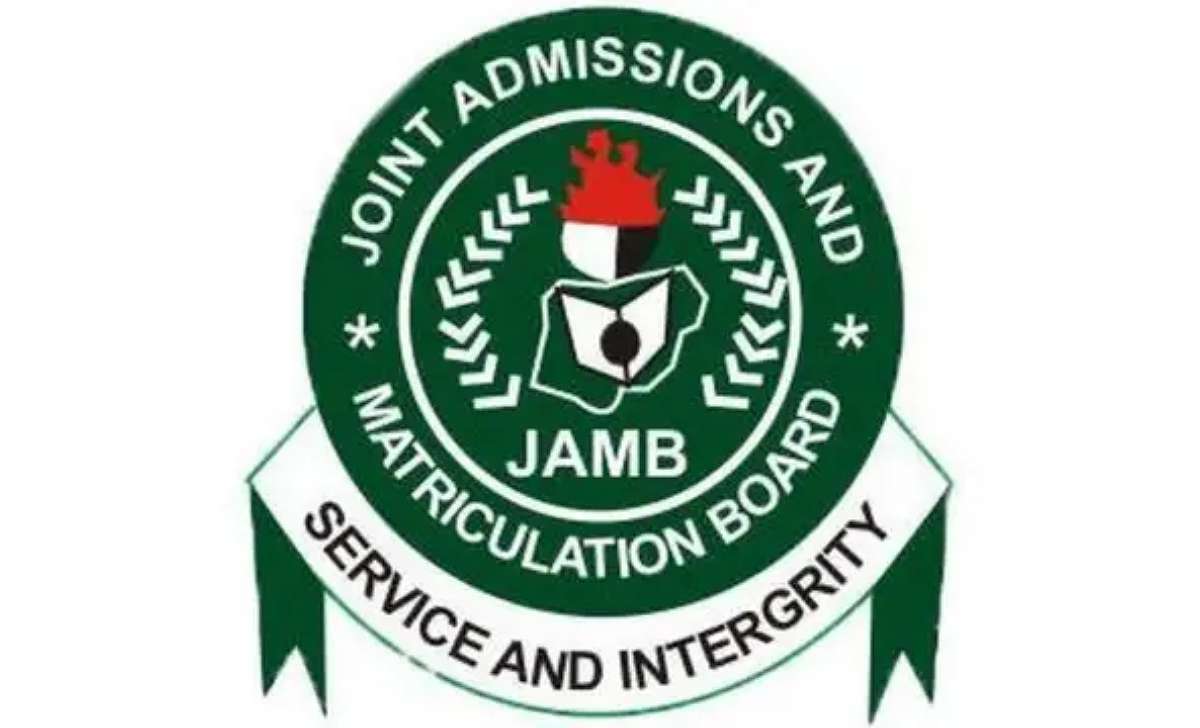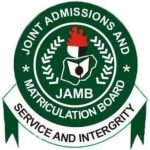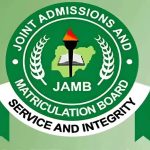JAMB Geography syllabus is your ultimate guide to understanding what to study and how to prepare effectively.
Why the JAMB Geography Syllabus is Important
The JAMB Geography syllabus 2025/2026 contains:
- A detailed outline of all the topics you need to study.
- Learning objectives to help you focus on key areas.
- A clear guide for understanding what JAMB expects from candidates.
Having this document is essential for proper preparation and success in the UTME Geography exam.
JAMB Geography Syllabus 2025/2026 Breakdown
1. Practical Geography
This section focuses on the application of geography in real-world situations:
- Maps and Map Interpretation:
- Types of maps and their uses.
- Scale measurements, distance calculations, and area estimation.
- Map reduction and enlargement techniques.
- Surveying and GIS:
- Elementary surveying methods, including chain and prismatic surveying.
- Geographic Information System (GIS) basics: data sources, components, and applications.
2. Physical Geography
Study the Earth’s physical features and processes, including:
- The Earth’s Structure:
- Earth’s position in the solar system.
- Features of the Earth’s crust, such as rocks and tectonic movements.
- Landforms and Processes:
- Mountains, plateaus, and volcanic activities.
- Weathering, erosion, and deposition processes.
- Climates and Vegetation:
- Factors affecting climate and vegetation.
- Types of vegetation and their geographical distributions.
3. Human Geography
Understand the relationship between human activities and the environment:
- Population Studies:
- Population dynamics, distribution, and density.
- Settlements:
- Types and patterns of rural and urban settlements.
- Economic Activities:
- Agriculture, mining, trade, and industry.
4. Regional Geography
This section emphasizes geography specific to regions, particularly Nigeria and West Africa:
- Physical geography of Nigeria.
- Economic and human geography of Nigeria.
- Understanding ECOWAS (Economic Community of West African States).
JAMB Syllabus for Geography 2025/2026
| TOPICS/CONTENTS/NOTES | OBJECTIVES |
|---|---|
| I. PRACTICAL GEOGRAPHY
A. Maps B. Scale and measurement of distances, C. Map reading and interpretation; drawing of cross profiles, recognition of indivisibility, recognition and description of physical and human features and relationship as depicted on topographical maps D. Interpretation of statistical data; maps and diagrams E. Elementary Surveying; chain and prismatic, open and close traverse, procedure, problems, advantages and disadvantages. F. Geographic Information System (GIS): |
Candidates should be able to;
Ai. define and identify different types and uses of maps Bi. apply the different types of scale to Ci. illustrate the relief of an area Di. Compute quantitative information from statistical data, diagrams and maps, Ei. analyze the principle and procedure of each technique; Fi. understand GIS and its uses. |
| II. PHYSICAL GEOGRAPHY
A The earth as a planet i. The earth in the solar system, rotation and revolution; B The Earth Crust i. The structure of the earth (internal and external) Relationships among the four spheres. C. Volcanism and Earthquakes i. Landforms associated with volcanic D. Denudation processes in the tropics i. Weathering E. Water Bodies i. Oceans and seas (world distribution, F. Weather and Climate i. Concept of weather and climate G. Vegetation i. Factors controlling growth of plants H. Soil i. Definition and properties I. Environmental Resources; i. Types of resources (atmospheric, land, J. Environmental interaction: i. Land ecosystem K. Environmental hazards: i. Natural hazards (droughts, earthquakes, L. Environmental Conservation: |
Candidates should be able to;
Ai. identify the relative positions of the planets in the solar system; Bi. compare the internal and external Ci. explain the processes of volcanic eruptions and earthquakes; Di. identify the agents of denudation (water, wind and waves); Ei. locate oceans and seas on the globe; Fi. differentiate between weather and climate; Gi. trace the factors controlling the growth of plants; Hi. classify soils and their properties; Ii. interpret the concept of environmental Ki. identify the natural hazards and their causes; Li. explain with examples environmental |
How to Study the JAMB Geography Syllabus Effectively
To excel in your JAMB Geography 2025/2026 exam, follow these tips:
- Organize Your Study: Break the syllabus into sections and create a timetable.
- Use Recommended Textbooks: Follow the textbooks outlined in the syllabus for in-depth study.
- Practice Questions: Solve past UTME Geography questions to familiarize yourself with the exam pattern.
- Join Study Groups: Collaborate with peers to share knowledge and tackle complex topics.
- Stay Consistent: Study daily and revise regularly to retain information.
Is the JAMB Geography syllabus updated every year?
Yes, the syllabus is periodically updated to reflect changes in the curriculum.
Can I pass JAMB Geography without the syllabus?
While it’s possible, the syllabus ensures you focus on the most relevant topics, making your preparation efficient.
Where can I get past questions for JAMB Geography?
You can download past questions from the JAMB website, Myschool.ng, or purchase them from bookshops.
How many questions are in the JAMB Geography exam?
The exam typically contains 40-50 multiple-choice questions.
How do I prepare for practical geography?
Focus on maps, data analysis, and statistical interpretation as outlined in the syllabus.
JAMB Syllabus for All Subjects
- * JAMB Syllabus for Agricultural Science 2025/2026
- * JAMB Syllabus for Arabic 2025/2026
- * JAMB Syllabus for Art 2025/2026
- * JAMB Syllabus for Biology 2025/2026
- * JAMB Syllabus for Chemistry 2025/2026
- * JAMB Syllabus for Christian Religious Studies 2025/2026
- * JAMB Syllabus for Commerce 2025/2026
- * JAMB Syllabus for Computer Studies 2025/2026
- * JAMB Syllabus for Economics 2025/2026
- * JAMB Syllabus for French 2025/2026
- * JAMB Syllabus for Geography 2025/2026
- * JAMB Syllabus for Government 2025/2026
- * JAMB Syllabus for Hausa 2025/2026
- * JAMB Syllabus for History 2025/2026
- * JAMB Syllabus for Home Economics 2025/2026
- * JAMB Syllabus for Igbo 2025/2026
- * JAMB Syllabus for Islamic Studies 2025/2026
- * JAMB Syllabus for Literature in English 2025/2026
- * JAMB Syllabus for Mathematics 2025/2026
- * JAMB Syllabus for Music 2025/2026
- * JAMB Syllabus for Physical and Health Education 2025/2026
- * JAMB Syllabus for Physics 2025/2026
- * JAMB Syllabus for Principles of Accounting 2025/2026
- * JAMB Syllabus for Use of English 2025/2026
- * JAMB Syllabus for Yoruba 2025/2026
- * JAMB UTME Syllabus for all Subjects 2025



